What is a linear strip fixture
An LED strip light fixture is the retrofit of a fluorescent strip fixture, a simple metal channel with one or two exposed linear fluorescent lamps. Perhaps the most utilitarian of all overhead light fixtures, linear strip lights are workhorses of general and task lighting in commercial, industrial and retail environments. An extremely practical design deems these fixtures the most cost effective solutions for utility lighting. Strip fixtures offer great versatility in applications. They’re the common choice of light fixtures for use in supermarkets, grocery stores, garages, stairwells, utility rooms, basements, storage areas, corridors and aisles. Linear strip fixtures can be surface, chain or pendant mounted individually or in continuous runs, which allow them to easily fit into a variety of lighting layouts.
Lamp-based LED fixtures
LED linear strip fixtures come mostly as integrated systems which hold enormous advantages over lamp-based LED strip fixtures. Lamp-based LED strip fixtures are simple upgrades from fluorescent strip fixtures. Their performance, functionalities and reliability are determined by the accompanying LED tubes. The quality of retrofit LED lamps, however, is on the lower end of what is acceptable for commercial lighting applications. The falling prices of LED tubes cause lighting manufacturers to cut corners. Inadequate thermal management due to the use of downsized heat sinks leads to accelerated lumen depreciation and color shift. The bare-bones driver circuits incorporated in LED tubes provide inefficient power conversion and poor current regulation.
Integrated LED fixtures have the linear LED modules attached to the fixture housing which provides high efficiency heat dissipation. Integrated LED systems can accommodate larger LED drivers that include more functional components for effective line and load regulation. Typically, effectively designed integrated LED fixtures have L70 lifetimes well above 50,000 hours compared to retrofit LED lamps with lifetimes of 15,000 hours or less.
Integrated LED fixtures
An integrated LED strip consists of an LED assembly and a housing. The LED assembly includes one or more linear LED modules which have an array of LEDs solder mounted on a metal-core printed circuit board (MCPCB). The LED modules are mounted to a metal heat sink and protected by an opal polycarbonate diffuser which also softens the harshness of LEDs and provides uniform diffusion of luminous flux from the LEDs. The housing as well as the end caps of the LED assembly is often constructed from steel, though it is not uncommon now to see cheap plastic constructions. The housing provides rigidity, strength and heat dissipation for the LED assembly while offering an internal space to accommodate the LED driver and other electrical components. The housing may come with integral reflectors to help direct light to where it is most useful.
The constant current LED driver can be designed to operate on universal input voltages (e.g., 120 VAC to 277 VAC) and provide compatibility with 0-10V dimming control protocols. Additional features such as occupancy sensors, daylight sensors and wireless control can be incorporated into the system to add value beyond just the initial energy savings from LED lighting.

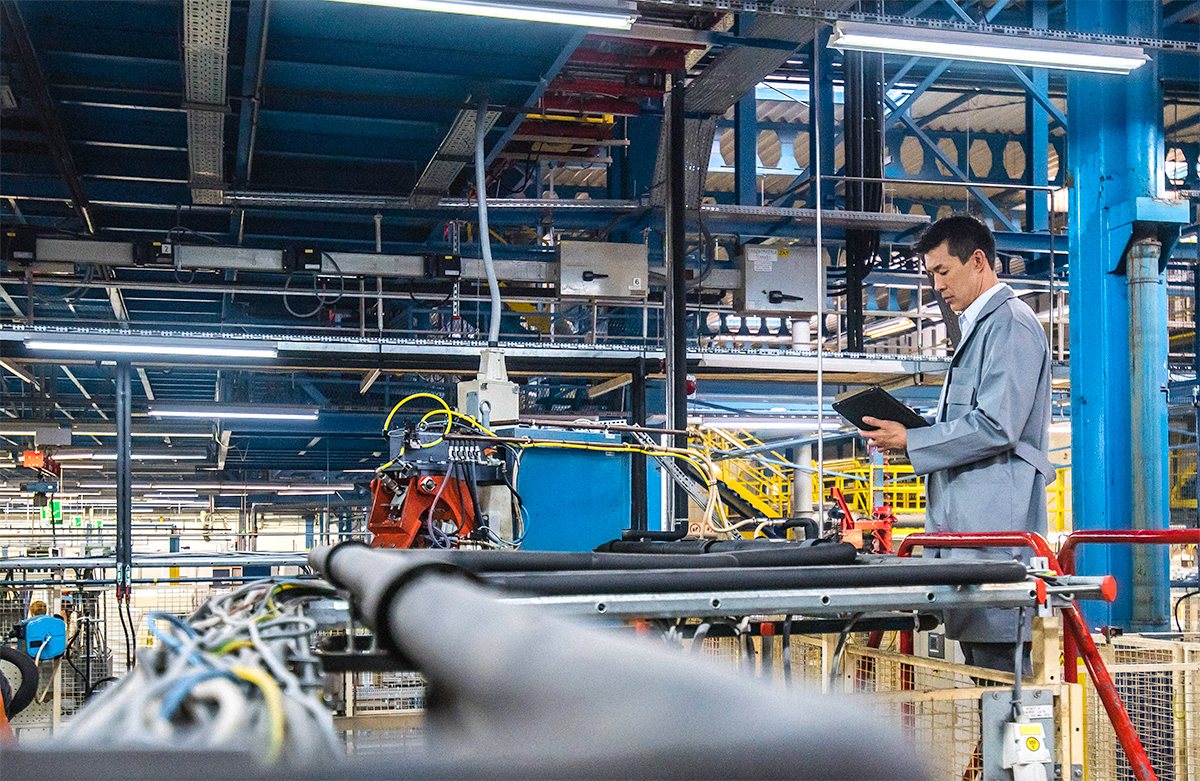
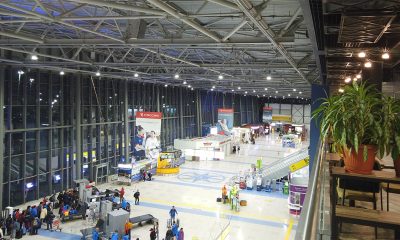
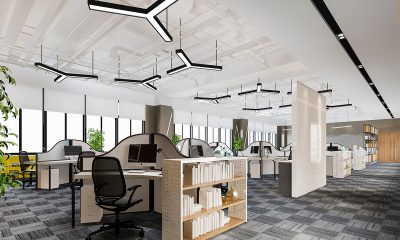
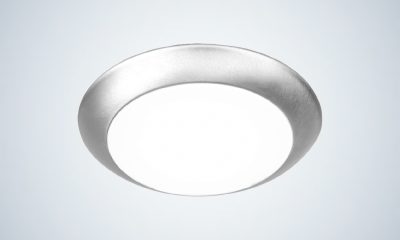
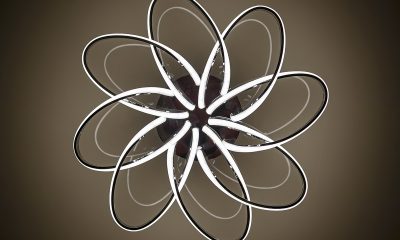
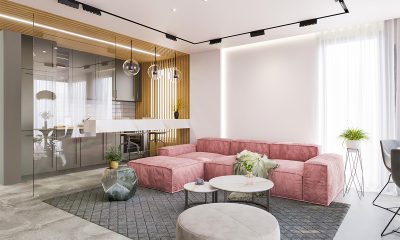
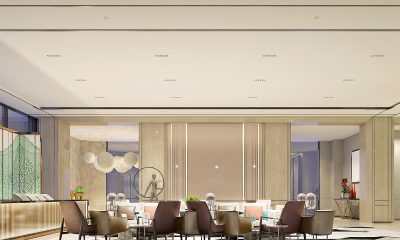
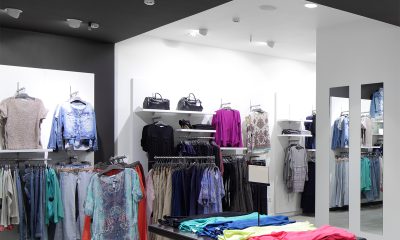
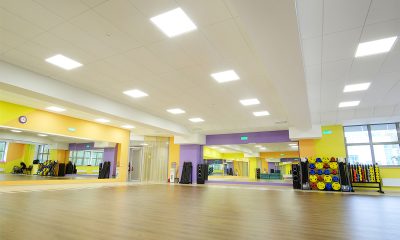
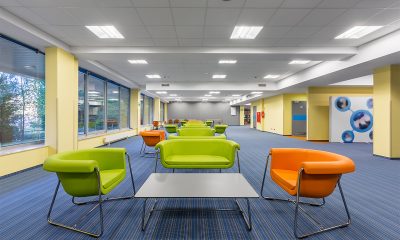

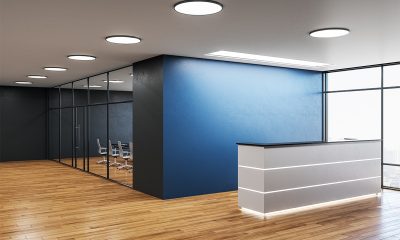
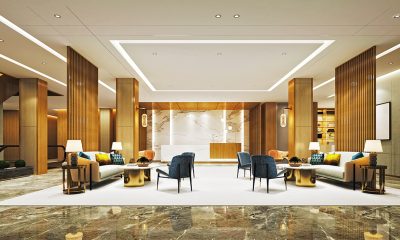





Loading...
New member